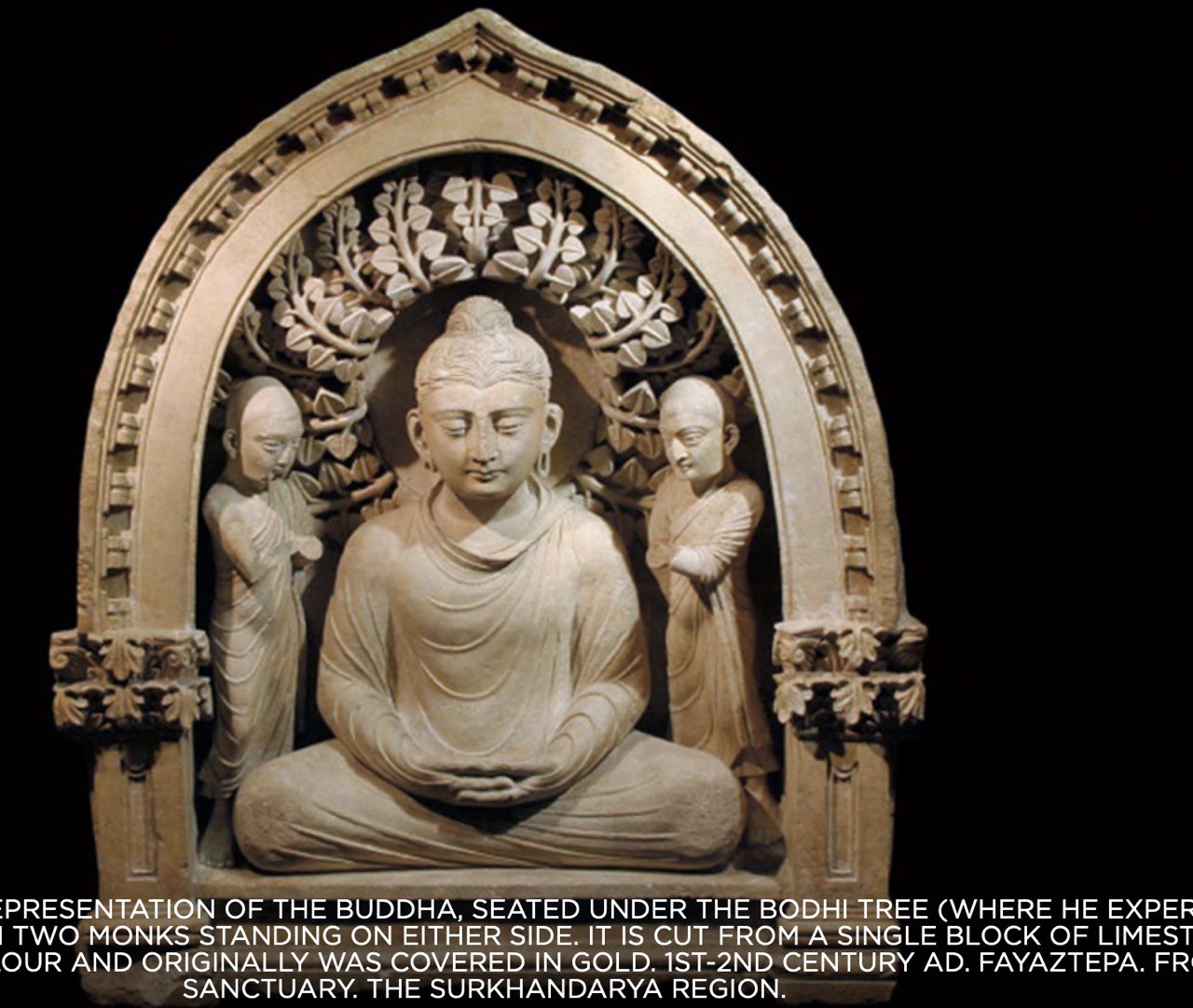The geographical position of Uzbekistan, through whose territory important caravan routes passed connecting Asia and Europe, East and West from time immemorial, helped predetermine the rich history of this land. It contributed to the mutual tolerance of its peoples and facilitated the growth of regional economies and the development of state systems of governance. In the early first millennium BC artifacts made of iron appeared in Central Asia which became in broad use by the 7th-6th centuries BC (existing alongside tools of bronze and stone). Iron tools made it possible to irrigate larger areas. The development of crafts formed the basis for regular regional trade. In larger settlements fortifications and citadels appeared.

In the 1st millennium BC in the territory of Uzbekistan there were important centres of civilization in Khorezm, the Ferghana Valley, the river basins and valleys of the Zarafshan and Chirchik, the Surkhan Darya, the Kashka Darya and in Bactria, which were renowned beyond Middle Asia, as reflected in ancient Greek historical texts and the sacred book of the Zoroastrians, the Avesta. This period witnessed three major examples of state organization in the region: those of Greater Khorezm, Sogdiana and Bactria. Associated with them was one of the pre-eminent religious doctrines of the ancient world – Zoroastrianism.